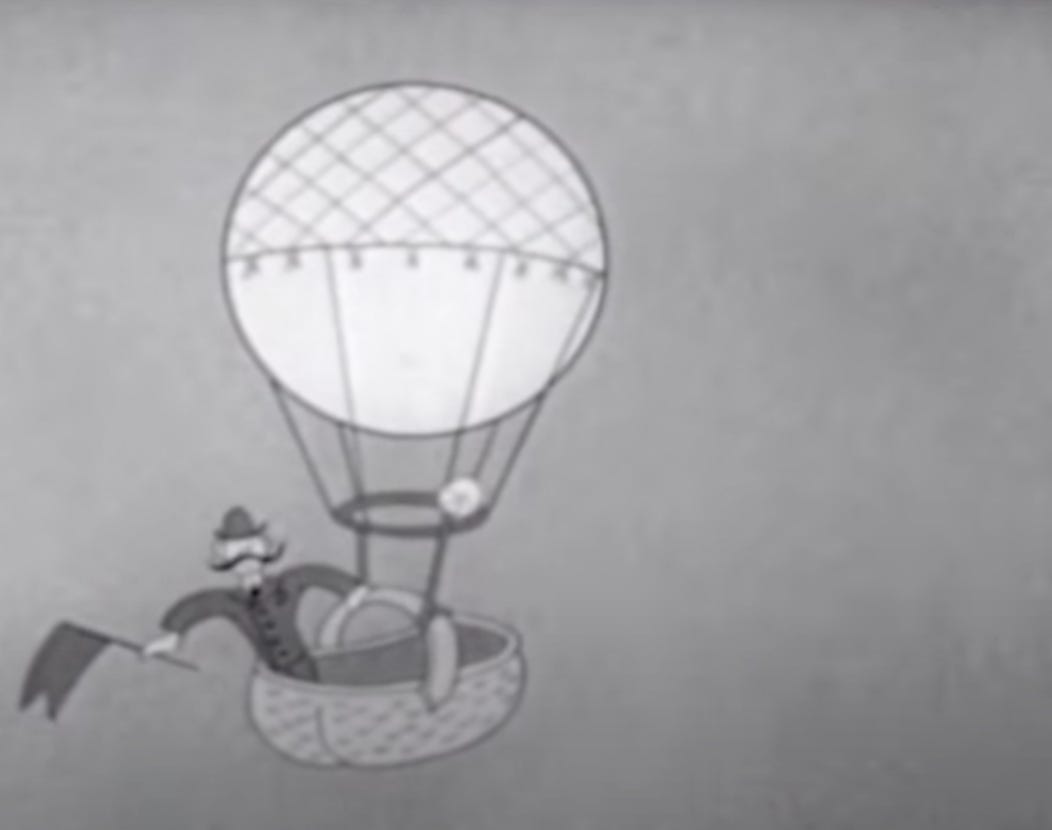
Hey everybody,
Today is Tuesday of the First Week of Ordinary Time, and you’re reading The Tuesday Pillar Post.
But before we get started with the news, I thought you’d like to know about Jean Pierre Blanchard, and the first balloon flight in the United States, which took place 230 years ago yesterday, on Jan. 9, 1793.
